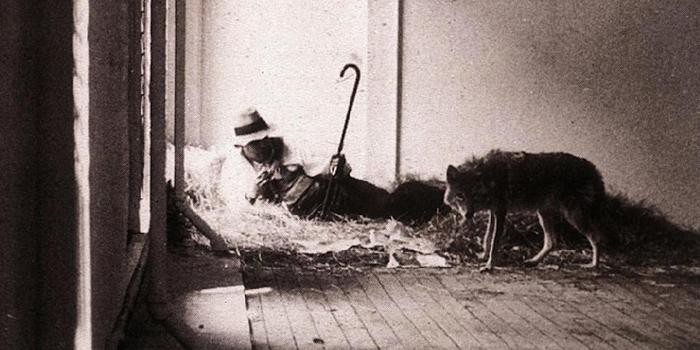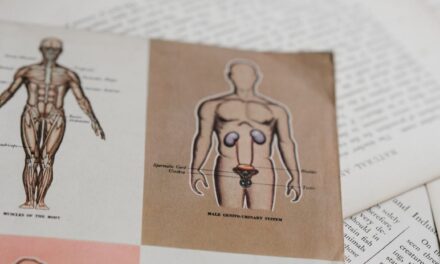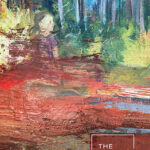Assistant Editor Molly Reid: Yxta Maya Murray’s story “YouTube Comment 2 to Video of I Like America and America Likes Me by Joseph Beuys,” forthcoming in issue 14.2, straddles forms and categories. The basic conceit—a comment on YouTube—is perhaps the one that disintegrates the easiest. This is not to say that it doesn’t do any work or that it’s superficial; just that Murray seems less interested in using this form to do the usual satiric flaying of internet culture or of the kinds of people who post comments.
Instead, this transparent scaffold allows her to investigate the bleeding boundaries between categories: between art and life, motherhood and self, animal and human, body and mind, essay and fiction, idea and fantasy. From the very beginning, the idea that the narrator is “thumb-typing this Comment on [her] phone” is divested of conceit-driven stakes. Lines like “My mind fills with visions of [my baby’s] infinitesimal hands and furious Nixonian face” and “I used to spend my days worrying about Wittgenstein and curatorial ethics and art-world economics and faux-art institutional point-of-viewlessness” in the first paragraph signal to the reader that Murray is doing something different here.
The narrator of this story is a new single mother, a performance artist in the fugue state of exhaustion and pure unadulterated love after having a baby. At the same time, she is resisting making performance art out of this very raw, intimate state. As the narrator says, “Art requires a distance, an artifice, an audience, a purpose apart.”
From here, Murray shifts her focus to Joseph Beuys, a German performance artist who staged an “action” called I Like America and America Likes Me (often referred to as Coyote) in 1974 in a New York gallery. This is the YouTube video for which this story is ostensibly a comment, which shows excerpts of Beuys spending three days in a cell with a wild coyote. Murray writes, “Beuys and his assistants would provide food, shelter, companionship, a place to urinate and defecate, and spiritual counsel to the coyote. The coyote represented American Indians, and the Wall Street Journals that Beuys’ assistants brought in every day for the coyote to pee on represented the United States and its capitalism.”
The narrator shifts from reflections about the Beuys piece to her own life. She digs deeper into her feelings about motherhood (the portrait of her nanny, Fred, is especially touching and vivid), about being an artist. She also meditates on the figure of the isosceles triangle, drawing several that represent her relationships and relating them to the physical triangle Beuys used in his performance piece. Ultimately, she says, Beuys’s piece “succeeds as art, but not as the art that Beuys intended. Coyote’s art exists in Beuys’s caring for another creature. No meaning prevails in the work apart from Beuys’s being with the coyote.”
Murray’s story reads like narrative nonfiction. It also reads like art criticism, like philosophy, like a story. In the manner of W.G. Sebald or Ali Smith, Murray doesn’t allow the reader to comfortably settle into a particular category or genre. Just as the narrator is trying to figure out her place in the complex constellation of art, motherhood, and self, the reader is plunged into defamiliarizing territory.
Make sure to check this story out in the upcoming issue of The Cincinnati Review, 14.2! We’ll have it available for purchase in our online store next month, or you can buy a subscription now.
For an added treat, here’s a video about Beuys’s action with the coyote:











